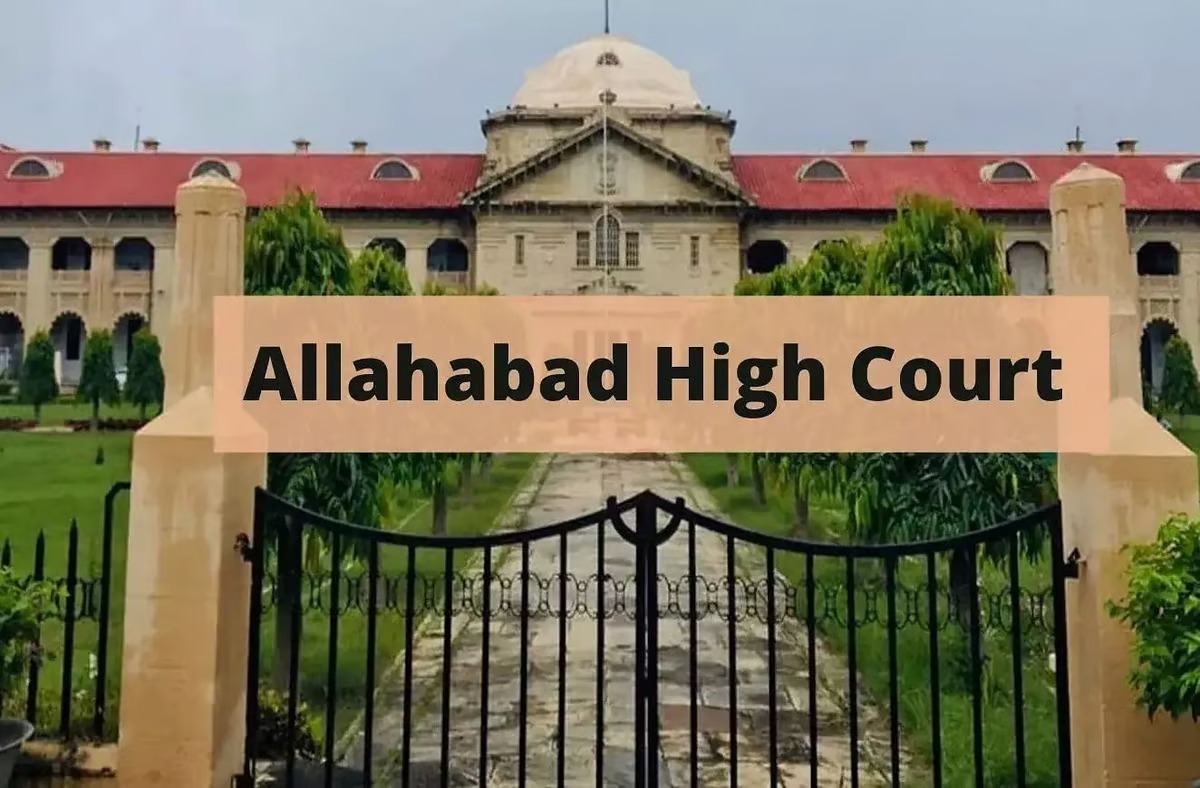Agarwala, J.@mdashThis is an application in revision against an order amending a decree passed by the Judicial Committee of the Banaras State.
2. The plaintiff''s-opposition parties sued for possession over plot No. 381 comprising 1 bigha 6 biswas in area, situated in village Sarai Jagdish, as well as over certain other plots situated in village Birnai. The suit was decreed by an order dated 18-2-1946, by the Civil Judge of Gyanpur in the Banaras State.
By some, error the decree did not mention plot No. 381 at all, and mentioned the other plots which were situated in Birnai as being situated in Sarai Jagdish. There was an appeal against the decree, and the Chief Judge of the Banaras State Chief Court allowed the appeal and set aside the decree; but this order of the Chief Judge of Banaras State Chief Court was upset by the Judicial Committee of the Benaras State and the trial court''s decree was restored. Nobody noticed the error in the decree during all this time.
3. Then in 1949, the Benaras State was merged in the province of Uttar Pradesh and, under the Banaras State (Abolition of Privy Council and Chief Court) Order of 1949, the Judicial Committee of the Banaras State was abolished as also the Chief Court of Banaras, and certain provisions regarding cases pending in the Judicial Committee were made in the Order.
They were to stand removed to this Court. A Full Bench, decision of this Court reported in
4. The plaintiffs discovered the mistake in the decree on 12-3-1950, They made an application to the Court of Civil Judge, Gyanpur for an amendment of the decree. That court amended the decree on the ground that it was a mere clerical error apparent on the face of the record, and against that order the defendants have come up in revision to this Court, and their main plea is that the court below had no jurisdiction whatsoever to amend the decree passed by the Judicial Committee of the former Banaras State.
5. As the final order passed in the case was of the Judicial Committee of the Banaras State, the trial court''s decree merged in the decree of the Judicial Committee, and it would be that court which could have had jurisdiction to amend the decree if that Court were in existence. That court has been abolished without a successor.
6. As we have already observed, under the Full Bench ruling quoted above, this Court has no jurisdiction to entertain any application for the amendment of the decree of the Judicial Committee. The question in these circumstances is; which court has jurisdiction to amend, the decree?
7. The decree is executable. It is not alleged that it is not. But it contains an obvious clerical error. The Court which had passed the decree has been abolished and, in these circumstances, it appears to be in accordance with good conscience and natural justice that the court which will be called upon to execute the decree should be able to amend it and to execute it as it should be executed.
8. No doubt, ordinarily, an execution court has no jurisdiction to amend a decree; it must execute the decree as it finds it. This principle however, cannot be applied to the circumstances of the present case, because to do so will result in injustice. Courts of law exist for doing justice and not for perpetrating injustice. Assuming, however, that the lower court had no jurisdiction to amend the decree, we are of opinion that since substantial justice has been done, we are not bound to interfere with the order of the court below.
9. Learned counsel has, however, brought to our notice a decision of their Lordships of the Privy Council in the case of Brij Narain v. Tejbal Bikram Bahadur 7 All LJ 507 (B) in which the Privy Council laid down firstly, that the lower court had no jurisdiction to amend the decree of a higher court and, secondly, that where this has been done by the lower court without jurisdiction, the High Court should not allow the order which was passed without jurisdiction to stand, and interference in revision was called for.
In that case it was obvious that there was in existence another court which could have amended the decree, and it was in those circumstances that the Privy Council held that the order of the court below which was without jurisdiction should not be allowed to stand. In the present case, however the court which could have amended the decree has been abolished, and there does not appear to be any court, other than the execution court, which can amend the decree. We are of opinion that the Privy Council ruling cited above is not applicable to the circumstances of the present case.
10. We, therefore, dismiss this application but in the circumstances of the case we make no order its to costs.

